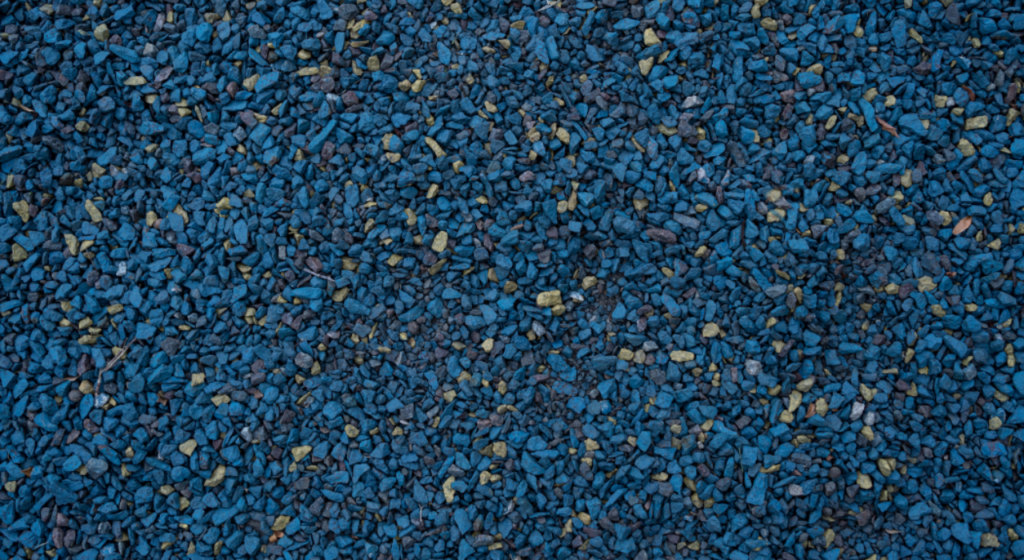Call us: +971 501804381
Polymer Trading

We trade in Polymer involves buying and selling polymer materials, which are large molecules made up of repeating structural units. Polymers can be natural, like rubber and silk, or synthetic, like plastics and resins. The trading of these materials can be quite complex, as it involves various types of polymers used in different industries, such as automotive, packaging, construction, and consumer goods.
Here’s a brief overview of what polymer trading entails:
1.Types of Polymers: Traders deal with various types of polymers, including thermoplastics (e.g., polyethylene, polypropylene, PVC) and thermosetting plastics (e.g., epoxy, phenolic resins). Each type has specific properties and uses.
2.Market Dynamics: The polymer market can be influenced by factors such as raw material costs (like oil and natural gas), technological advancements, environmental regulations, and global economic conditions. Traders need to stay informed about these factors to make strategic decisions.
3.Supply Chain: Polymer trading involves managing the supply chain from manufacturers to end-users. This includes logistics, warehousing, and ensuring that products meet quality standards.
4.Pricing and Contracts: Prices for polymers can fluctuate based on supply and demand, production costs, and market conditions. Traders negotiate contracts that outline prices, quantities, delivery schedules, and other terms.
5.Regulations and Compliance: Traders must comply with regulations related to environmental impact, safety, and quality standards. This is especially important for polymers used in food packaging or medical applications.
6.Global Trade: The polymer market is global, so traders often deal with international suppliers and customers. This requires knowledge of different markets, customs regulations, and currency exchange rates.
7.Sustainability Trends: There’s growing interest in sustainable and recyclable polymers. Traders are increasingly involved in sourcing and promoting eco-friendly alternatives as companies and consumers become more environmentally conscious.